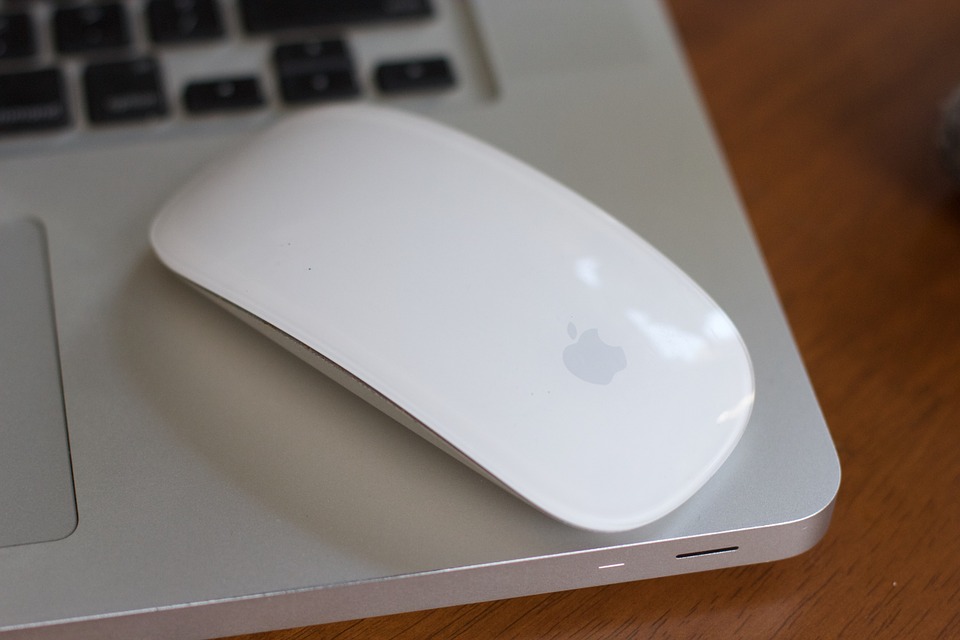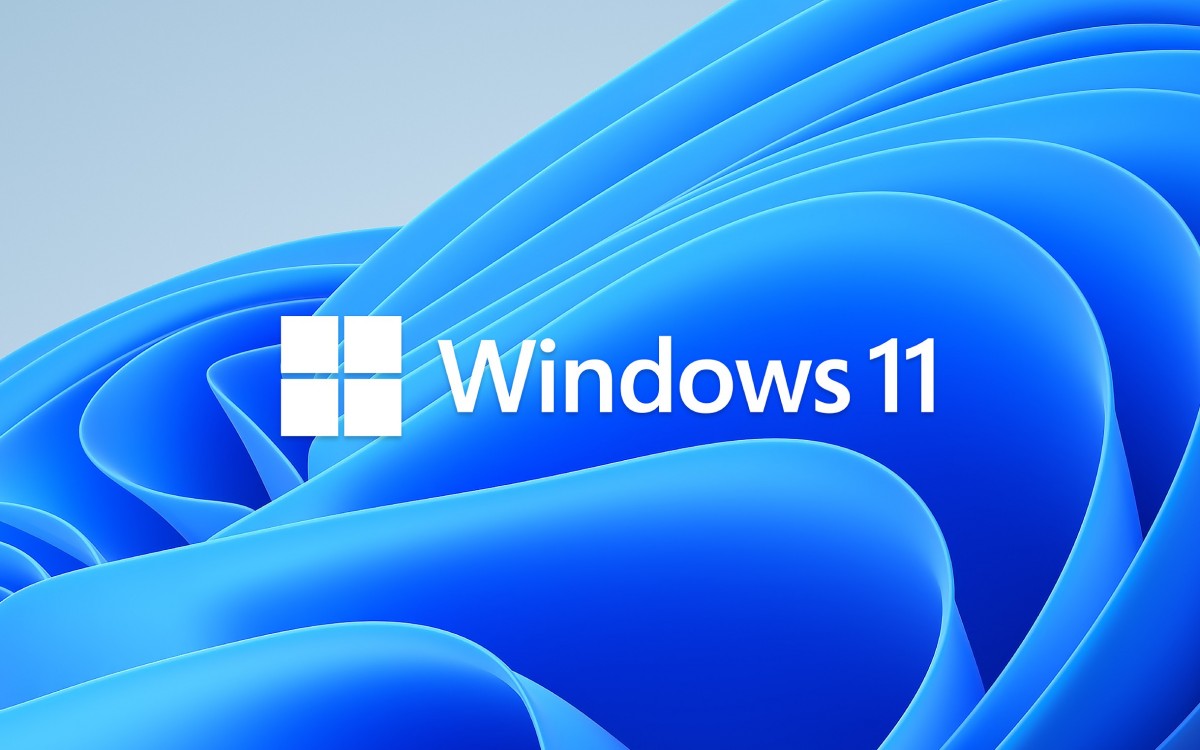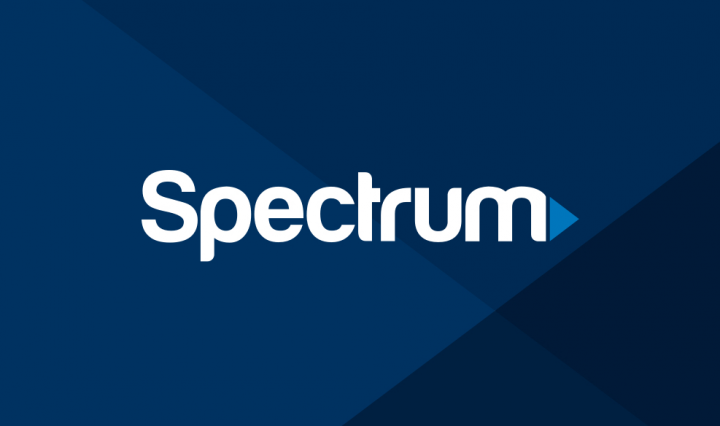In today’s digital age, using a mouse is an essential part of navigating and interacting with our devices. However, there are times when our mouse experiences lag, causing frustration and hindering productivity. Whether you’re using a wireless or wired mouse, mouse lag can occur due to various factors. In this comprehensive guide, we will explore the causes of mouse lag and provide practical solutions to help you fix the issue and optimize your mouse performance.
Understanding Mouse Lag
Mouse lag is a frustrating issue that occurs when there is a delay or slow response in the movement of your cursor. This delay can make simple tasks feel cumbersome and impact your overall user experience. Whether you’re using your mouse for work, gaming, or everyday browsing, mouse lag can significantly hinder your productivity and enjoyment.
Causes of Mouse Lag
Mouse lag can be attributed to various factors, including connection problems, depleted batteries, and outdated or problematic drivers. Understanding these causes will help you troubleshoot and resolve the issue effectively.
Connection Problems
Connection problems are a common cause of mouse lag, particularly with wireless mice. A weak or unstable connection between the mouse and the receiver can result in laggy cursor movements. This can be caused by factors such as a long distance between the Bluetooth receiver and the mouse, a tangled cable for wired mice, or interference from other wireless devices connected to the same computer.
Depleted Batteries
For wireless mice, depleted batteries can cause mouse lag. It is essential to regularly check the battery level and replace the batteries when necessary. Even if there are no warning signs, low battery levels can still impact the performance of the mouse.
Outdated or Problematic Drivers
Outdated or problematic drivers can also lead to mouse lag. This is especially true for gaming mice that often come with dedicated drivers that require regular updates for optimal performance. While Windows 10 and 11 usually install default drivers that allow the mouse to function, these drivers may not provide the best performance and can result in laggy cursor movements.
Now that we have a better understanding of the causes of mouse lag, let’s explore the solutions for fixing mouse lag in Windows 11 and Windows 10.
Fixing Mouse Lag in Windows 11
Windows 11 offers several solutions to address mouse lag issues. By following these steps, you can optimize your mouse performance and eliminate laggy cursor movements.
Update the Mouse Driver
Updating the mouse driver is an essential step in resolving mouse lag issues. The default driver installed by Windows may not always provide the best performance. By updating the driver, you can ensure that your mouse is utilizing the latest software enhancements.
To update the mouse driver in Windows 11, follow these steps:
- Right-click the Start button and select “Device Manager” from the list.
- In the Device Manager window, expand the “Mice and other pointing devices” category.
- Double-click on your mouse to open its properties.
- Go to the “Driver” tab and click on “Update driver.”
- Choose the option to search automatically for drivers.
- If there are any new drivers available, Windows will install them and prompt you to restart your computer.
- If no new drivers are found, you can manually search for updated drivers on Windows Update by clicking the “Search for updated drivers on Windows Update” option.
Updating the mouse driver can significantly improve its performance and eliminate lag issues. If your mouse is a branded model, you can also visit the manufacturer’s website to download the latest drivers specifically designed for your mouse.
Enable Hardware-Accelerated GPU Scheduling
Enabling hardware-accelerated GPU scheduling can help improve overall system performance, including mouse responsiveness. This feature allows your graphics card to handle tasks more efficiently, reducing latency and lag.
To enable hardware-accelerated GPU scheduling in Windows 11, follow these steps:
- Click the Start button and select the Settings icon.
- In the Settings menu, select “System.”
- Choose “Display” from the left pane and click on “Graphic Settings.”
- Toggle on the switch for “Hardware-accelerated GPU scheduling.”
Enabling this feature can provide a smoother and more responsive mouse experience, especially when performing graphics-intensive tasks or gaming.
Edit USB Selective Suspend Settings
USB selective suspend settings can affect the power management of USB devices, including your mouse. By adjusting these settings, you can ensure that your mouse receives a consistent power supply, reducing the chances of lag.
To edit USB selective suspend settings in Windows 11, follow these steps:
- Right-click on the battery icon in the taskbar and select “Power Options.”
- In the Power Options window, click on “Change when the computer sleeps” from the left pane.
- Click on “Change advanced power settings.”
- Expand the “USB settings” category and locate the “USB selective suspend setting.”
- Change both options under USB selective suspend setting to “Deactivated.”
- Click “OK” to save the changes.
Adjusting these settings can help eliminate mouse lag caused by power management issues, especially for Bluetooth mice.
Enable/Disable the Scroll Inactive Windows Option
The Scroll Inactive Windows feature in Windows 11 allows you to scroll within inactive windows by hovering your mouse pointer over them. While this feature can be convenient, it may also introduce mouse lag for some users. Disabling or enabling this option can help resolve mouse lag issues.
To enable or disable the Scroll Inactive Windows option in Windows 11, follow these steps:
- Click the Start button and select “Settings.”
- In the Settings menu, select “Devices.”
- Choose “Mouse” from the left pane.
- Locate the “Scroll inactive windows when I hover over them” option and toggle it on or off.
- Test your mouse to see if the lag issue is resolved.
Disabling or enabling this feature can have a positive impact on mouse performance, depending on your specific needs and preferences.
Change the PalmCheck Threshold in Windows
The PalmCheck feature in Windows helps prevent accidental cursor movements when typing on a touchpad or trackpad. However, it can sometimes be too sensitive, leading to mouse lag. Adjusting the PalmCheck threshold can help improve mouse responsiveness.
To change the PalmCheck threshold in Windows 11, follow these steps:
- Press the Win + X keys and choose “Settings” from the list.
- In the Settings menu, select “Devices.”
- Choose “Touchpad” from the left pane and select “Settings” under “Synaptics Touchpad.”
- Move the PalmCheck slider to the left to decrease the sensitivity.
- Test your mouse to see if the lag issue is resolved.
Adjusting the PalmCheck threshold can prevent the touchpad from interfering with your mouse movements, resulting in a smoother cursor experience.
Set the Touchpad Sensitivity
For those using a touchpad on a laptop or external device, adjusting the touchpad sensitivity can help reduce mouse lag. This setting allows you to control how responsive the touchpad is to your movements.
To set the touchpad sensitivity in Windows 11, follow these steps:
- Click on the Start button and select the Settings app.
- In the Settings menu, select “Devices.”
- Choose “Touchpad” from the left pane.
- Click on the “Touchpad sensitivity” menu and change it to “High sensitivity” or “Most sensitive.”
- If you’re not using the touchpad, you can disable it by toggling off the “Touchpad” option from the top.
Adjusting the touchpad sensitivity can help optimize mouse performance and reduce lag when using a touchpad.
Disable the NVIDIA High Definition Audio Device
The NVIDIA High Definition Audio device can sometimes interfere with mouse performance, leading to laggy cursor movements. Disabling this device can help resolve mouse lag issues, especially for users with NVIDIA graphics cards.
To disable the NVIDIA High Definition Audio device in Windows 11, follow these steps:
- Click on Start and select “Settings.”
- In the Settings menu, choose “Apps.”
- Look for the “GeForce Experience” app, click on it, and select “Uninstall.”
- Right-click the Start button and select “Device Manager.”
- Locate the “NVIDIA High Definition Audio” under “Sound, video, and game controllers.”
- Right-click on it and choose “Disable.”
Disabling the NVIDIA High Definition Audio device can eliminate any potential conflicts that may be causing mouse lag.
Change the USB Hub Power Management Options
Adjusting the power management options for USB hubs can help resolve mouse lag caused by power fluctuations. By disabling the option to turn off USB hubs to save power, you can ensure a consistent power supply to your mouse.
To change the USB Hub power management options in Windows 11, follow these steps:
- Right-click the Windows Start button and select “Device Manager.”
- Double-click the “USB Hub” device to open its properties.
- Go to the “Power Management” tab.
- Uncheck the option that says “Allow the computer to turn off this device to save power.”
- Click “OK” to save the changes.
By disabling this power-saving feature, you can prevent power interruptions to your mouse and minimize mouse lag.
Fixing Mouse Lag in Windows 10
Windows 10 users can also experience mouse lag issues. Fortunately, many of the solutions for Windows 11 can also be applied to Windows 10. Let’s explore the steps to fix mouse lag in Windows 10.
Method 1: Disable and Enable Scroll Inactive Windows
One possible cause of mouse lag on Windows 10 is the Scroll Inactive Windows feature. This feature allows you to scroll within inactive windows when hovering your mouse pointer over them. While it can be useful, it may also cause issues with mouse performance. Disabling or enabling this feature can help improve mouse movement. Here’s how to do it:
- Go to Settings and choose Devices from the list of options.
- Select Mouse & Touchpad on the left panel.
- Find the option of Scroll inactive windows when I hover over them on the right panel.
- Disable or enable the button by clicking on it.
- Repeat disabling and enabling the option a few times.
- Check if the issue of mouse lag on Windows 10 has been improved.
Method 2: Update Your Mouse Driver
Outdated or corrupted mouse drivers can often cause mouse lag issues. Updating your mouse driver to the latest version can help resolve these problems. Follow these steps to update your mouse driver:
- Right-click the Windows icon and select Device Manager.
- Expand the section of Mice and other pointing devices.
- Right-click on your mouse driver and choose Update driver.
- Select the option to look for a driver automatically.
- Follow the on-screen instructions to update your mouse driver.
- Restart your computer to apply the changes.
Method 3: Roll Back the Mouse Driver
If updating the mouse driver doesn’t solve the issue, you can try rolling back the driver to a previous version. Here’s how to do it:
- Go to Device Manager and expand Mice and other pointing devices.
- Double-click your mouse driver to open its properties panel.
- Click the Driver tab and check if the Roll Back Driver option is available.
- If the option is available, click it and follow the prompts to roll back the driver.
- Choose a reason for rolling back the driver and click Yes.
- Test if the mouse lag issue has been resolved.
Method 4: Disconnect Other USB Devices Connected to Your PC
Having multiple USB devices connected to your computer can sometimes interfere with your mouse’s performance, causing lag. To troubleshoot this issue, try disconnecting any unnecessary USB devices and see if the mouse lag improves. Follow these steps:
- Unplug other USB devices connected to your computer, such as external hard drives or USB hubs.
- Leave only the essential devices connected, such as your mouse and keyboard.
- Test if the mouse lag issue persists.
- If the issue is resolved, try reconnecting the disconnected USB devices one by one to identify the problematic device.
Method 5: Turn Off the Feature of Fast Startup
Fast Startup is a feature in Windows 10 that helps your computer boot up faster. However, it can also contribute to mouse lag issues. Disabling this feature may help improve mouse performance. Here’s how to do it:
- Enter Control Panel in the search bar and launch it.
- In Control Panel, search for Power Options and open it.
- Select Choose what the power button does.
- Click Change settings that are currently unavailable.
- Under the Shutdown settings section, uncheck the box for Turn on fast startup (recommended).
- Click Save changes to apply the settings.
- Restart your computer and check if the mouse lag issue persists.
Method 6: Change the Power Management Settings
In some cases, power management settings can affect mouse performance. Changing these settings can potentially help resolve mouse lag issues. Follow these steps to adjust the power management settings:
- Open Device Manager and expand Universal Serial Bus controllers.
- Double-click the USB Root Hub to open its properties panel.
- Go to the Power Management tab.
- Uncheck the option for Allow the computer to turn off this device to save power.
- Click OK to save the changes.
- Repeat these steps for all USB Hub devices on your PC.
- Test if the mouse lag issue has been resolved.
By following these methods, you should be able to fix mouse lag on Windows 10 and enjoy a smooth and responsive mouse experience. Remember to test each solution and see which one works best for your specific situation.
Conclusion
Remember to test each solution and evaluate its impact on your system. Whether it’s disabling and enabling scroll inactive windows, updating your mouse driver, or adjusting power management settings, there’s a solution that can work for you.
If you found this guide helpful, consider sharing it with others who may also be experiencing mouse lag issues. Together, we can make navigating Windows 10 a smoother and more enjoyable experience.






